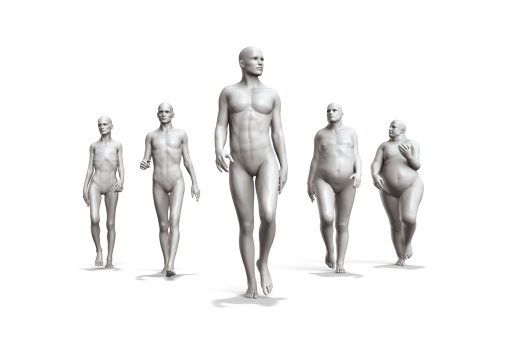How to Determine Your Body Mass Index

Exposure to beautiful models and actress and fit actors and athletes have made people extremely conscious of their body and weight, which is why they have begun to show a lot of interest in losing weight and toning their body. A lot of people, however, are not exactly sure whether they are overweight, underweight, or have an ideal weight. They can pull themselves out of this confusion by using the Body Mass Index (BMI), which is a measurement tool that determines if a person’s is perfect according to their height, or if a person weighs more or less than what is ideal for him.
Instructions
-
1
The first thing that you need to do is to determine your weight in pounds. If you have a weighing machine such as a bathroom scale at home, take it out and check it for zero error. If the needle is not pointing at zero when no weight is placed on the bathroom scale, then make the necessary adjustments to it. If you do not own a bathroom scale, then either purchase one, or borrow it from someone who owns one. Standing on the bathroom scale and look down at the reading to see how much you weigh in pounds. If you have trouble looking at the reading, have someone else read it for you. Note down this weight on a piece of paper.
-
2
Next, you need to determine your height. To do that, stand in an upright position right next to the wall, with your back, shoulders, hips, back of the head and feet touching the wall. Use a pencil to place a marking on the wall right where the tip of your head ends. Once you have placed a mark on the wall, use a measuring tape to measure the distance from the floor to the mark. Be sure to take the reading in inches. Note down this value on the piece of paper as well.
-
3
Take a calculator and the paper on which you wrote your weight in pounds and height in inches on.
-
4
First, take a square of your height, i.e. multiply the reading in inches by the same amount. Note down the answer.
-
5
Next, divide your weight by the reading that you determined in the previous step.
-
6
Multiply the value calculated in the previous step by the conversion factor of 703. The resulting value will be your BMI.
-
7
Determine whether you are overweight, underweight or of a healthy weight by using the BMI chart to access your personal BMI result.

